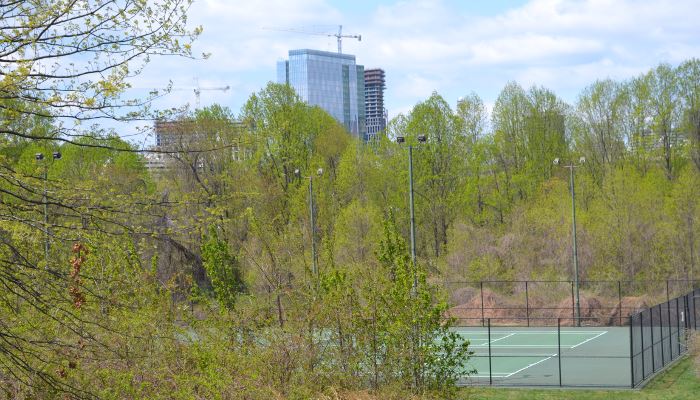This past week Gizmodo (evidently now discussing urban planning) had an article breaking down housing choices of millennials. Ever since the generation born between 1982 and 2004 started graduating college and entering the work force there has been debate on what their preferences in housing would be. Much of the selection of millennials comes from necessity, with college debt and a poor job market when many started their careers, the choices for where to live were limited. One reason the DC area saw such massive growth in millennial population was the buffered job market that exists here.
Now that the economy is improving in other areas of the country we are getting better information about where and how the new housing generation wants to live. The numbers are showing that millennials do still prefer cities more than Gen X (those who began their careers in the 90s), but what they define as the city is different. They are selecting locations with city like characteristics (walkability/near jobs/things to do) but without the price tag that comes from living in the prime locations of a city.
Part of the problem in describing this preference is the archaic vocabulary we use to describe the myriad of communities that exist. No one would say that a place like Clarendon has anything in common with a place like Centreville, but both are defined in census and statistics as suburbs. Before the ubiquitous adoption of the car there were no suburbs. People either lived on the farm or in the town/city, driven largely by whether they were farmers or in a population dependent industry (service/retail/office/manufacturing). When people could live where it was cheaper but work in the city we saw the rise of a new vocabulary, the suburb.
The suburb was a good definition for a long time because there was so much real estate outside of the 40 to 50 major economic hubs of the US that it absorbed several generations of population with no issue. In fact, to date, there are still plenty of suburbs in America that are comfortable to live in. A person can live outside of Charlotte, NC for little cost and be able to get to work in less than 20 minutes in downtown.
Other areas however have seen explosive population growth due to exponential economic growth. These are the traditional mega-cities like San Francisco, Boston, LA, and DC which have seen so much population growth that the suburbs have hit a critical mass. This was exemplified in the pre-housing bubble stories about super commuters who would travel from as far as West Virginia for a job in DC by spending several hours a day in commute.
What has occurred since that time is a shift in how people view their time. Exurban growth (a term created for the super commuter neighborhoods) has slowed significantly despite the continued economic rationale for them due largely to the unsustainable limit of commute distances.
Instead the largest neighborhood growth (48%) is occurring in non-downtown areas and walkable suburbs that are close enough to jobs to reduce commutes but still offer the space and prices that all post-WWII generations have preferred. There is no word yet to define these communities, though some like inburb, walkurbs, and townurbs have been used.
It’s these older suburban zones that are leading population growth. From Marin outside of San Francisco to our very own Tysons and Arlington, the role of the submarket is a critical one for addressing rising housing costs without two hour commutes.

